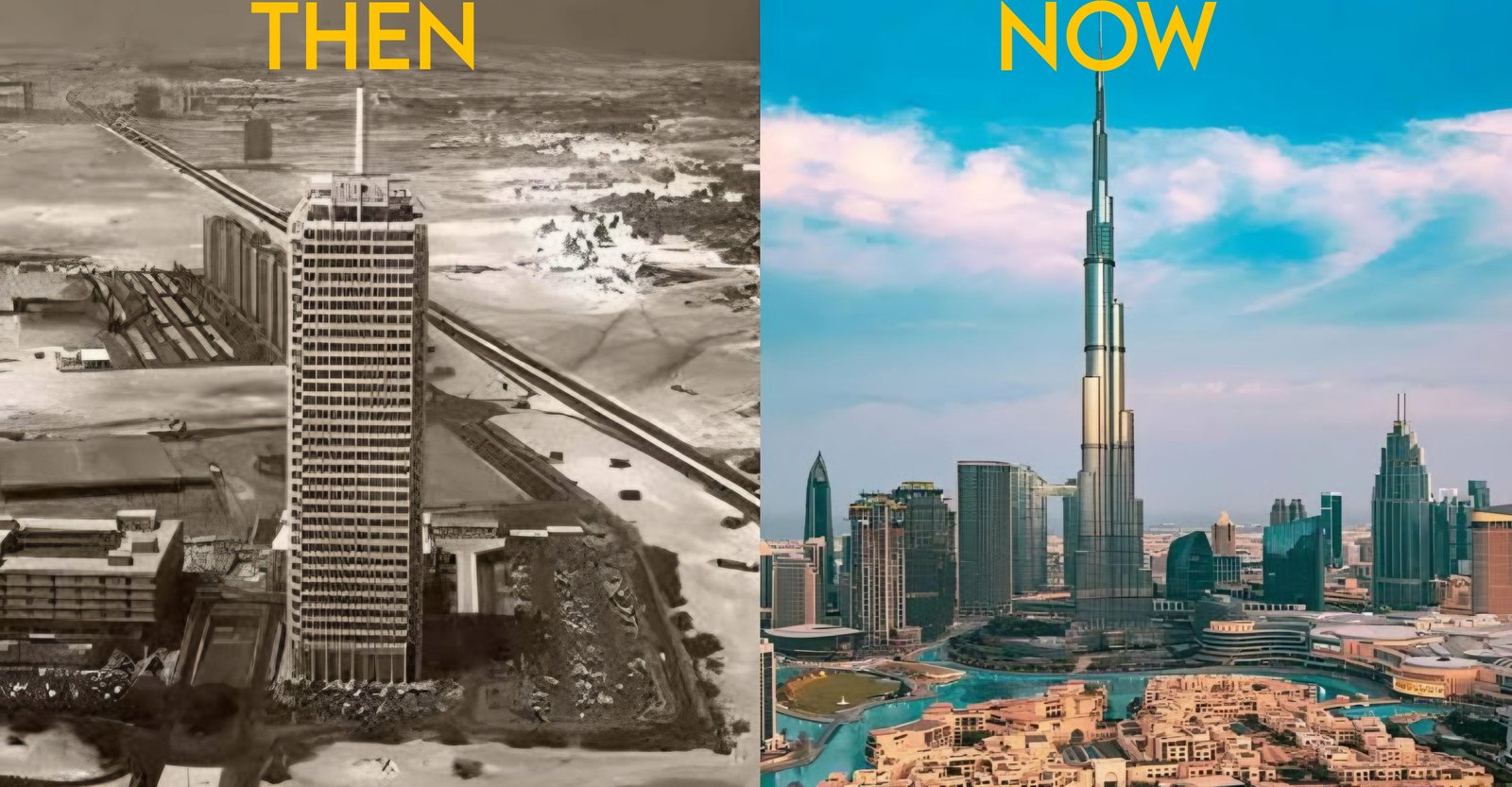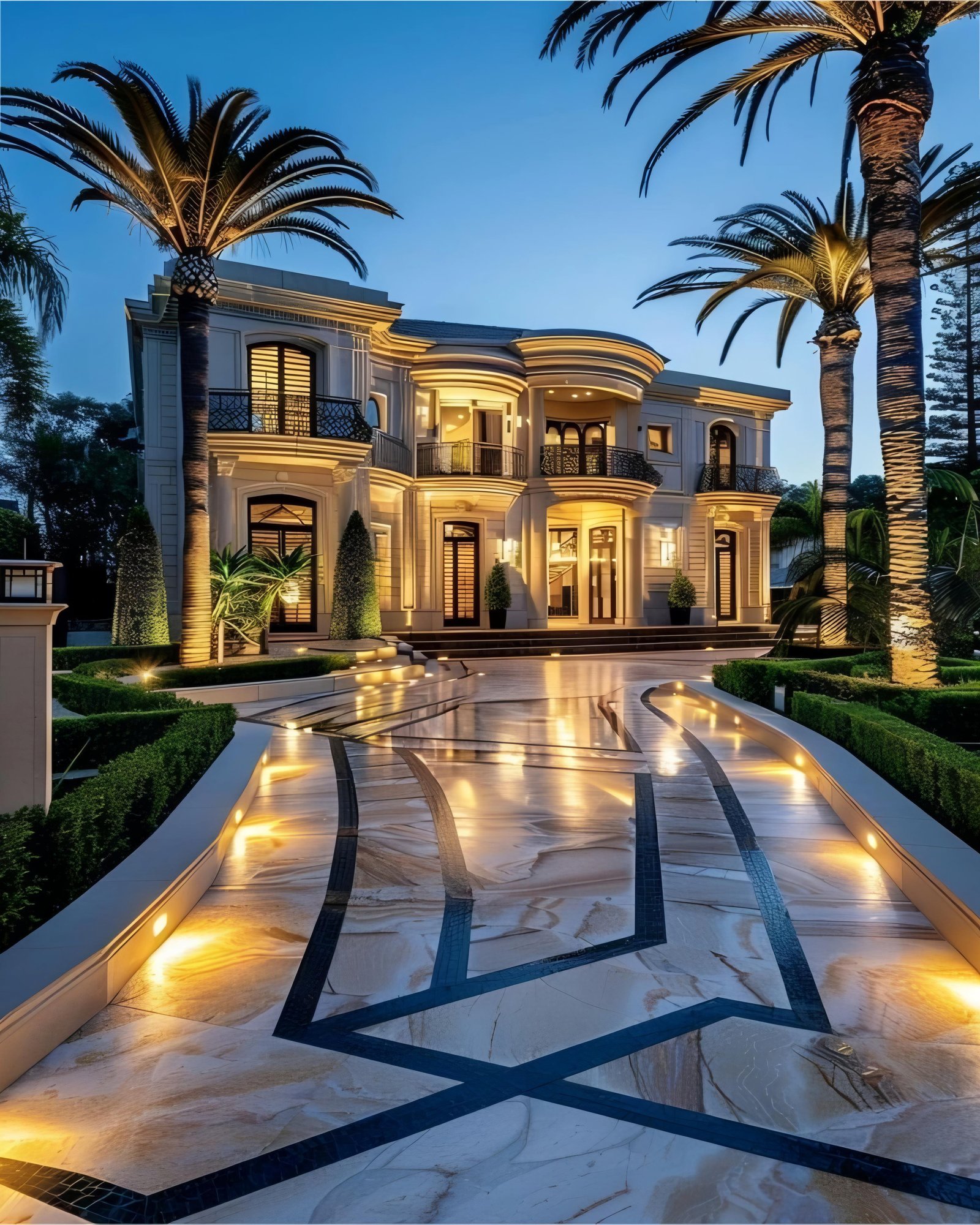
From Desert Sands to Sky-High Towers: The Transformation and Future of Dubai's Real Estate Market
Introduction:
• What Dubai has gone through from been a desert city to becoming the international real estate capital.
• Why historical context is crucial to predict future trends.
•1.1. The Global Financial Crisis: 2008-2010How Dubai's real estate market was affected.Recovery strategies and lessons learned.
•1.2. Post-Crisis Growth: 2011-2019Diversification of real estate offerings.The rise of sustainable and smart cities.
•1.3. The Future Outlook: 2024 and BeyondPredictions based on current market trends.Potential challenges and opportunities
Foundations of a Global City: Dubai's Real Estate Landscape Before 2000
Dubai’s real estate market was mainly influenced by initiatives commissioned by Sheikh Rashid bin Saeed Al Maktoum before 2000. Its development concentrated on the creation of infrastructure facilities such as harbors and World Trade Centre to support economic development. The foundation of Dubai’s transformation into a global real estate empire was based on limited foreign ownership and the establishment of key areas like Jebel Ali Free Zone.
The Real Estate Boom: Dubai's Unstoppable Growth from 2000 to 2008
In the early 2000s, Dubai's property market experienced a transformative boom, reshaping the city’s skyline and economy. This era was characterized by visionary leadership and bold urban planning, aimed at reducing reliance on oil revenues. The 2002 introduction of freehold property laws was a game-changer, allowing foreigners to buy, sell, and own land in designated areas for the first time. This move ignited a surge of global investor interest, leading to a wave of high-profile developments.During this period, several iconic projects began to take shape, leaving a lasting mark on Dubai’s identity. The Palm Jumeirah, an ambitious man-made island designed to resemble a palm tree, and the towering Burj Khalifa, which would become the tallest building in the world, captured the world’s imagination. Meanwhile, Dubai Marina emerged as a symbol of luxury and modern living, attracting both expatriates and investors.This boom also introduced innovative concepts in real estate, such as mixed-use developments and integrated communities, which combined residential and commercial spaces into cohesive environments. The market’s rapid growth was driven by high demand and speculative investments, leading to significant increases in property prices. However, this era of expansion also raised concerns about the market’s sustainability and its heavy dependence on continued foreign investment, foreshadowing potential challenges ahead.




Leave a Reply
Comments